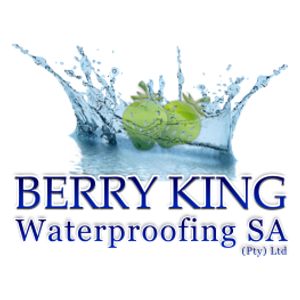rising & lateral damp
Permanent Solutions for Rising & Lateral Damp
Rising and lateral damp are two of the most common — and destructive — moisture problems in South African buildings. Left untreated, they can compromise structural integrity, cause mould growth, and destroy interior finishes. At BerryKing Waterproofing, we offer engineered, long-lasting solutions to eliminate both rising and lateral damp from the ground up, using advanced technology and proven systems tailored to your building’s unique needs.
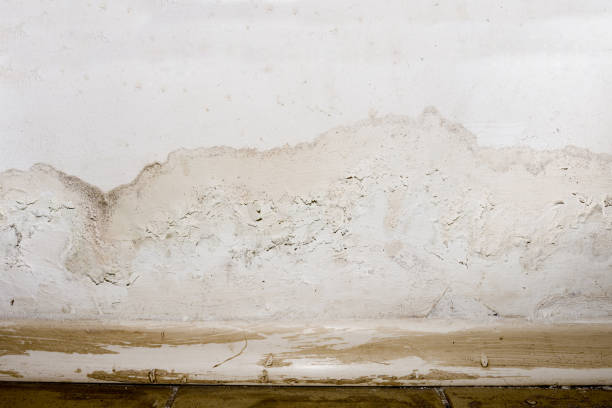
RISING DAMP VS LATERAL DAMP
What are the differences?
Direction
Rising Damp moves vertically upward from ground.
Lateral Damp moves horizontally through walls or structures
Source
Rising Damp comes from ground moisture via capillary action.
Lateral Damp happens from external sources such as changes in inner ground level, elevation in a structure and soil against the structure
Location
Rising Damp happens in lower sections of walls (up to 1.2m).
Lateral Damp can occur on any wall area, especially near ground or leak
Causes
Rising Damp occurs due to no damp-proof course (DPC) or damaged DPC.
Lateral Damp occurs due to poor drainage, leaks, bridging of DPC
Common Signs
Rising Damp looks like tide marks, salt deposits and flaking plaster.
Lateral Damp looks like wet patches, peeling paint, mould.
Treatment
For Risign Damp, install/repair damp-proof course using our Driway technology, breathable plaster and paint.
For Lateral Damp improve drainage, waterproofing, seal leaks.
What Are the Effects of Rising & Lateral Damp?

Structural Damage
Moisture weakens brickwork, concrete, and mortar over time, leading to cracks, instability, and long-term structural deterioration.

Mould and Mildew Growth
Damp environments encourage mould, which can cause allergic reactions, respiratory issues, and serious indoor air quality concerns.

Peeling Paint and Bubbling Plaster
Water trapped in walls causes paint to peel and plaster to bubble or crumble, ruining interior finishes and décor.
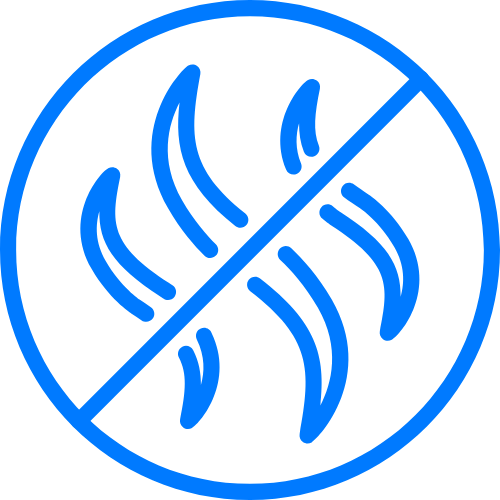
Musty Smells and Stains
Dampness creates a stale, musty odour and leaves unsightly yellow or brown marks on walls, floors, and ceilings.

Rotting Wood and Skirting Boards
Wooden floors, beams, and trim absorb moisture, eventually rotting, warping, or attracting insects like termites and wood borers.

Increased Energy Costs
Damp walls lose insulation properties, making heating and cooling less efficient — increasing your monthly utility bills.

Decreased Property Value
Visible damp issues reduce buyer confidence and lower the market value of your property.

Persistent Health Complaints
Residents may experience ongoing sinus, asthma, or skin problems due to mould exposure in damp-prone homes.
Frequently Asked Questions
Here are some common questions regarding rising and lateral damp.
What is Rising Damp and how can it be managed?
Rising damp is caused by moisture travelling upward from the ground through porous walls and floors via capillary action. This condition often results in peeling paint, crumbling plaster, mould, bad odours, and even insect infestation. At Berry King we manage rising damp using DriWay technology - a non-invasive, eco-friendly device installed within the building. Once installed, it initiates both evaporation and dehydration phases, drying your walls and foundation, preventing further moisture ingress. Drying can take 1 to 3 years, provided no chemical injections have been used. The system includes pre-remedial work, DriWay installation, and final remedial work using breathable finishes. The unit is permanent and typically dries out the entire ground floor, often reaching boundary walls as well. The result: a lasting solution backed by a 20-year guarantee, rather than temporary fixes like chemical injection or membrane coatings.
Can Rising Damp cause mould?
Yes, rising damp significantly raises wall and indoor moisture, creating ideal conditions for mould growth. We highlight symptoms such as green and black mould associated with wall bubbling, peeling paint, salty pockets, musty odours, and excessive humidity. Elevated dampness fosters biological growth, which not only damages interior finishes, but also compromises air quality. Our drying solution (DriWay/Aquapol device + breathable plasters) not only halts moisture ingress but also removes existing mould and inhibits regrowth by drying walls thoroughly
Can Rising Damp cause health problems?
Absolutely. The World Health Organization note that prolonged exposure to damp and mould increases inhalation risks, including allergic rhinitis, respiratory infections, asthma, headaches, migraines, insomnia, joint pain, and more. Vulnerable groups, such as children, the elderly, those with eczema, asthma, or compromised immune systems, are particularly at risk. Berry King’s approach focuses on drying properties and improving air quality, contributing to healthier living environments and alleviating Sick Building Syndrome symptoms
Can Rising Damp cause structural damage?
Yes. If left untreated, rising damp can weaken plaster and masonry and over time even damage foundations. In concrete structures, moisture can lead to steel reinforcement corrosion, resulting in spalling or cracking of concrete. Untreated wall moisture undermines structural integrity and longevity, but our DriWay/Aquapol device restores hydrodynamic equilibrium, gradually drying walls and safeguarding building stability
Can Rising Damp be fixed?
Yes and permanently. We use the DriWay/Aquapol system, proven since 1985 across 60 000 installations in 23 countries, with a 20‑year guarantee and complete money‑back promise within three years if damp persists. Unlike traditional methods like chemical damp-course injections - which only mask symptoms - this device targets capillary action itself, reversing moisture flow. When combined with waterproof plasters and proper finishes, this ensures a lasting, non-invasive, environmentally friendly fix.
How does Rising Damp occur?
Rising damp is caused by capillary action: water in the soil is drawn upward into porous building walls until gravity balances it, typically reaching heights of about 1.2 m. Over time, DPC layers may erode or degrade, especially in older buildings or due to poor workmanship. Water brings salts that damage plaster, cause peeling paint, flaking walls, musty smells, and damp patches. Our approach is to neutralise the driving force behind capillary lift, rather than applying surface-level treatments
How is Rising Damp treated?
Berry King treats rising damp using the DriWay/Aquapol device, which emits a field that neutralises capillary-driven water, reversing the flow and drying walls naturally - no drilling, chemicals, electricity or ongoing maintenance required. This is augmented by waterproof, breathable plasters (eco-friendly thermal insulation plaster) to manage residual lateral moisture and ensure full wall dryness. Installations typically take 5–7 hours, full drying in ~1 year, and is backed by a 20‑year guarantee
What is Lateral Damp?
Lateral damp (also known as slope or horizontal damp) occurs when water penetrates through soil or slopes into walls from the side. Boundary walls in split-level, sloped or townhouse complexes are especially susceptible. Unlike rising damp, it enters from outside and affects varied wall heights. We treat this with waterproof vertical membranes or thermal insulation plasters, combined with the DriWay device to manage any upwards moisture, ensuring comprehensive waterproofing from all angles
GALLERY
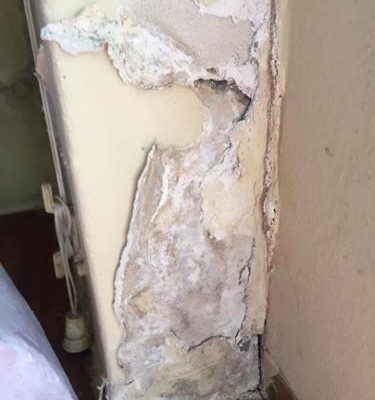
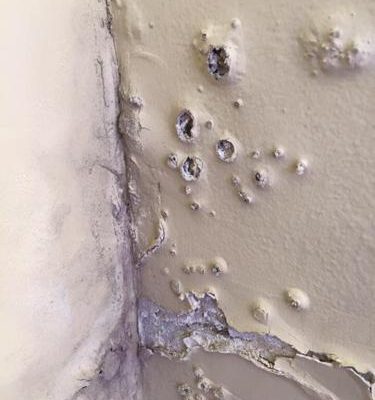
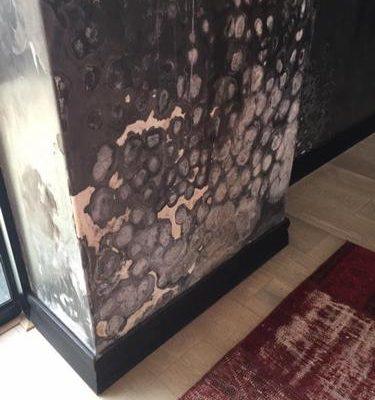
Ready to waterproof your home or business?
Contact Berry King Waterproofing today for a professional assessment and quote.
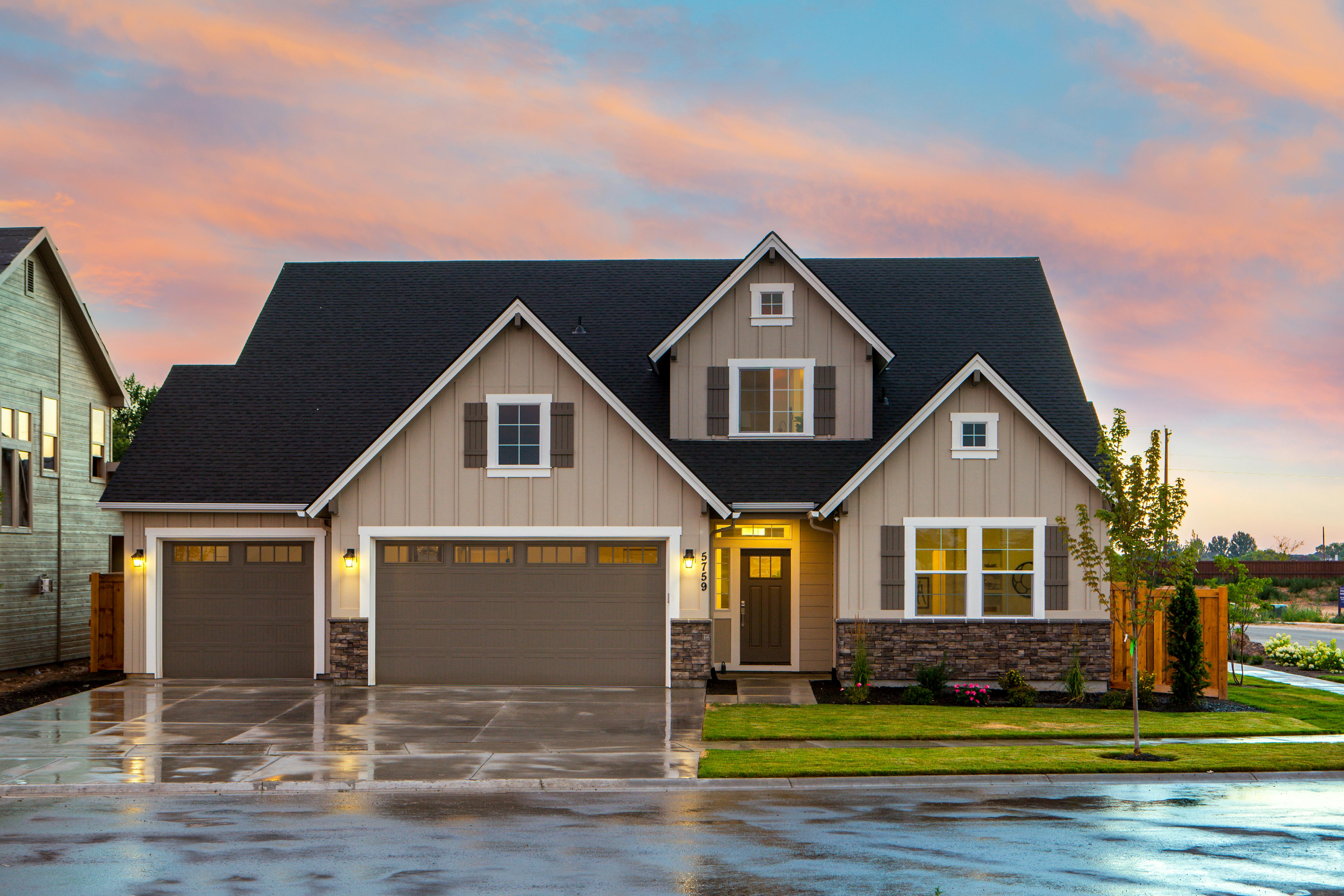
COMPANY
CUSTOMER CARE
LEGAL

© Copyright 2025 BerryKing Waterproofing (Pty) Ltd | All Rights Reserved.
